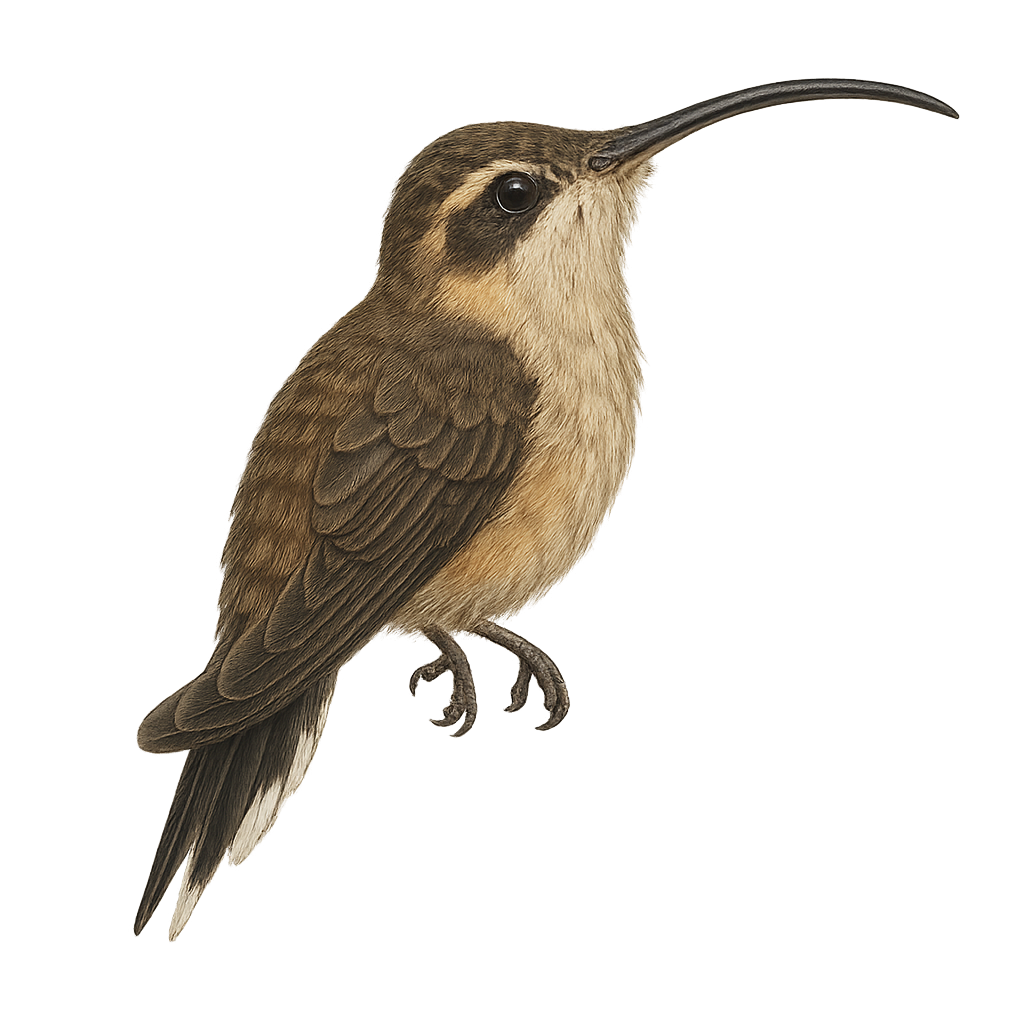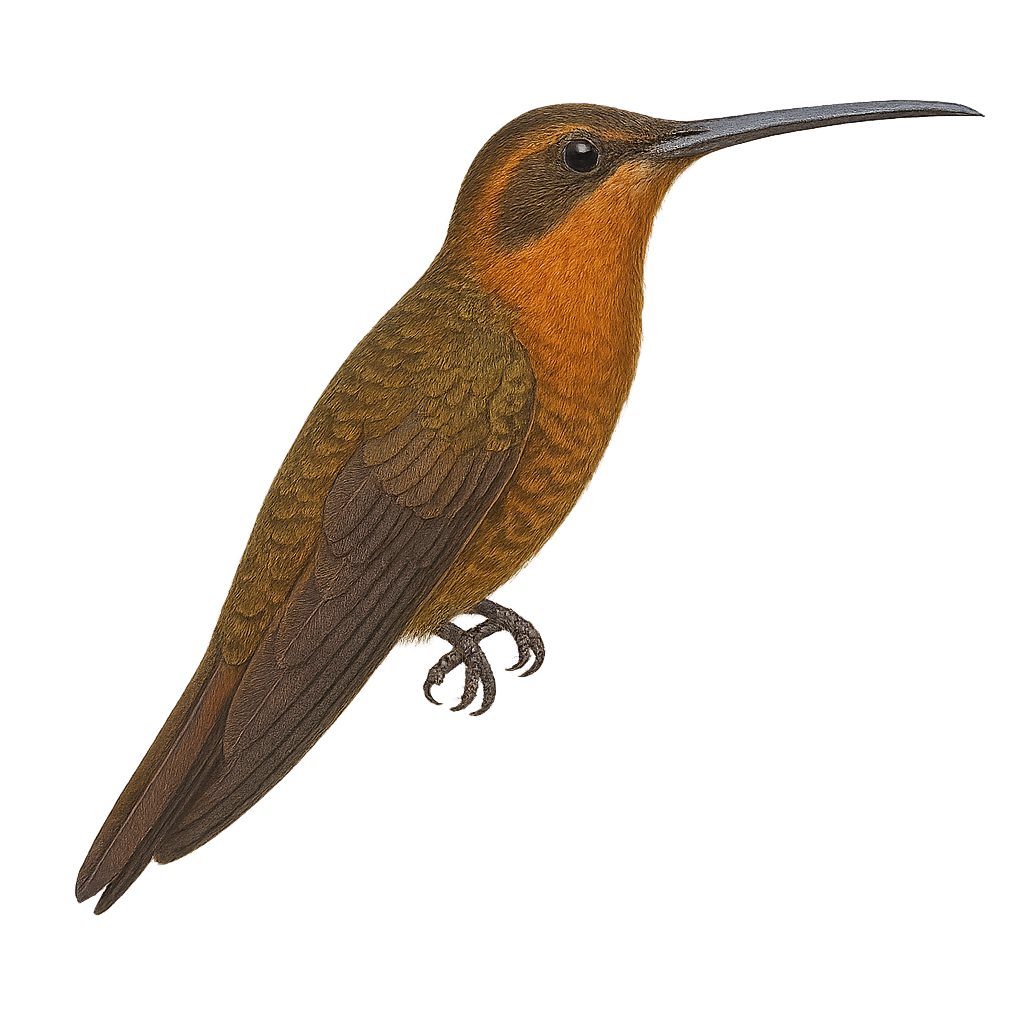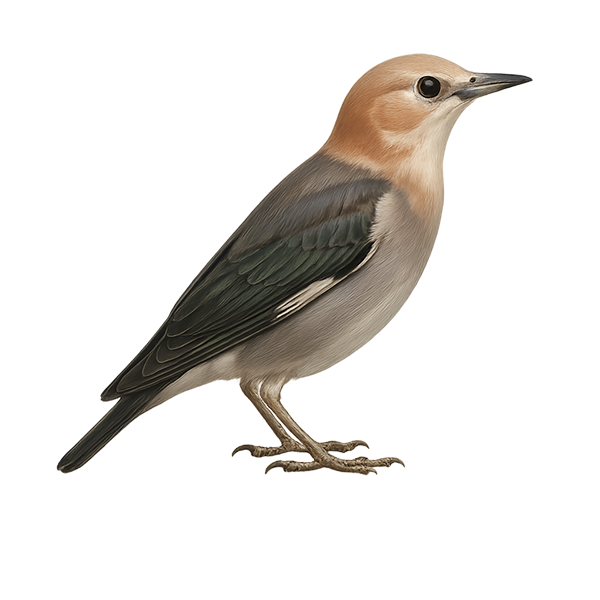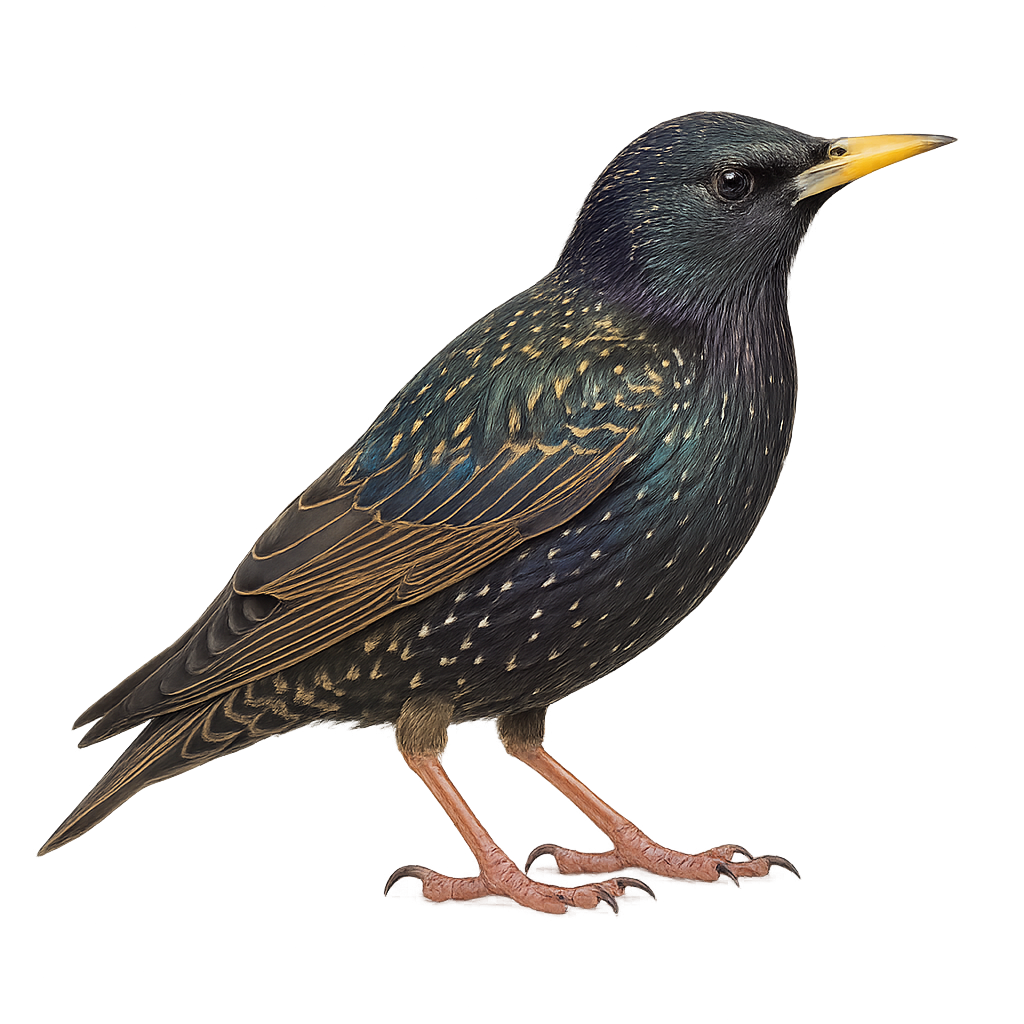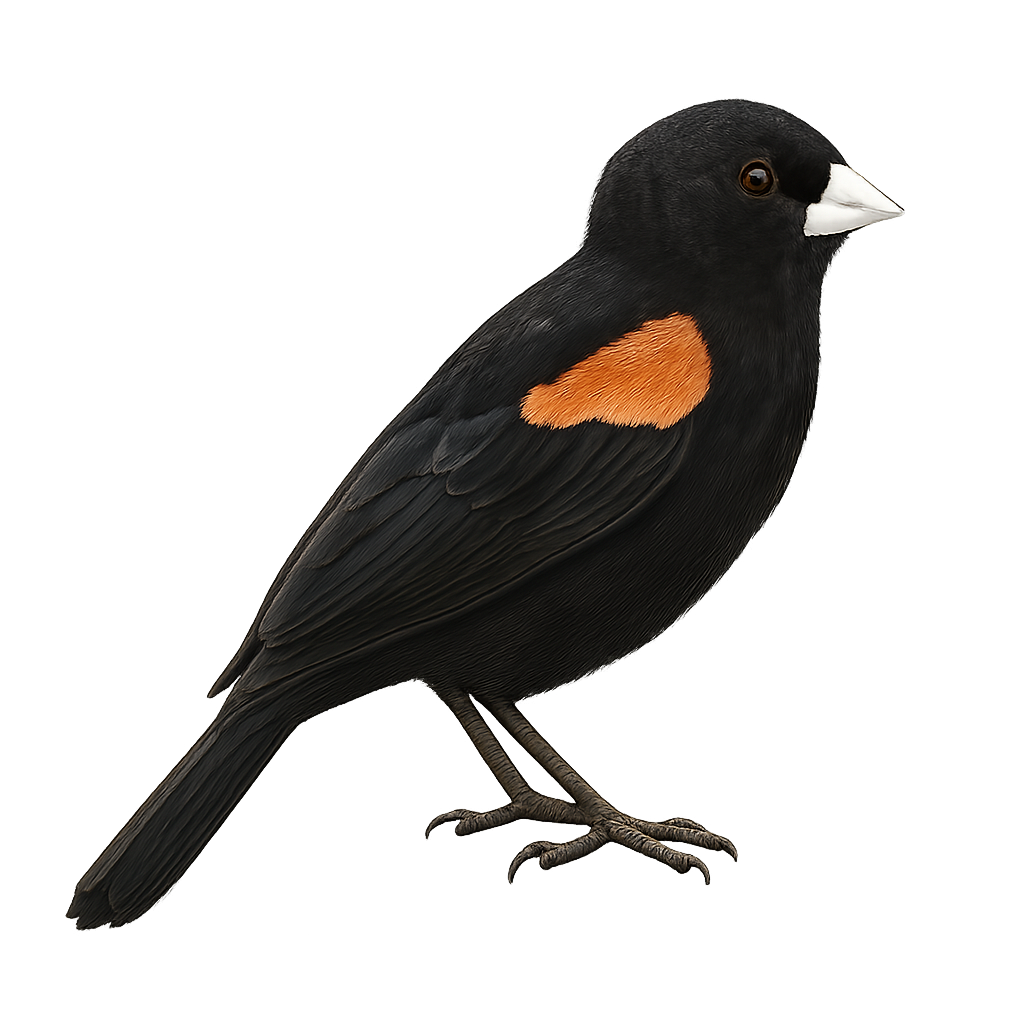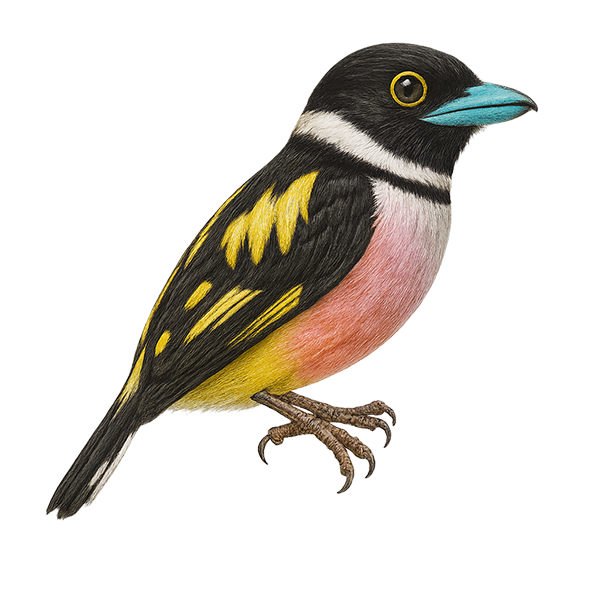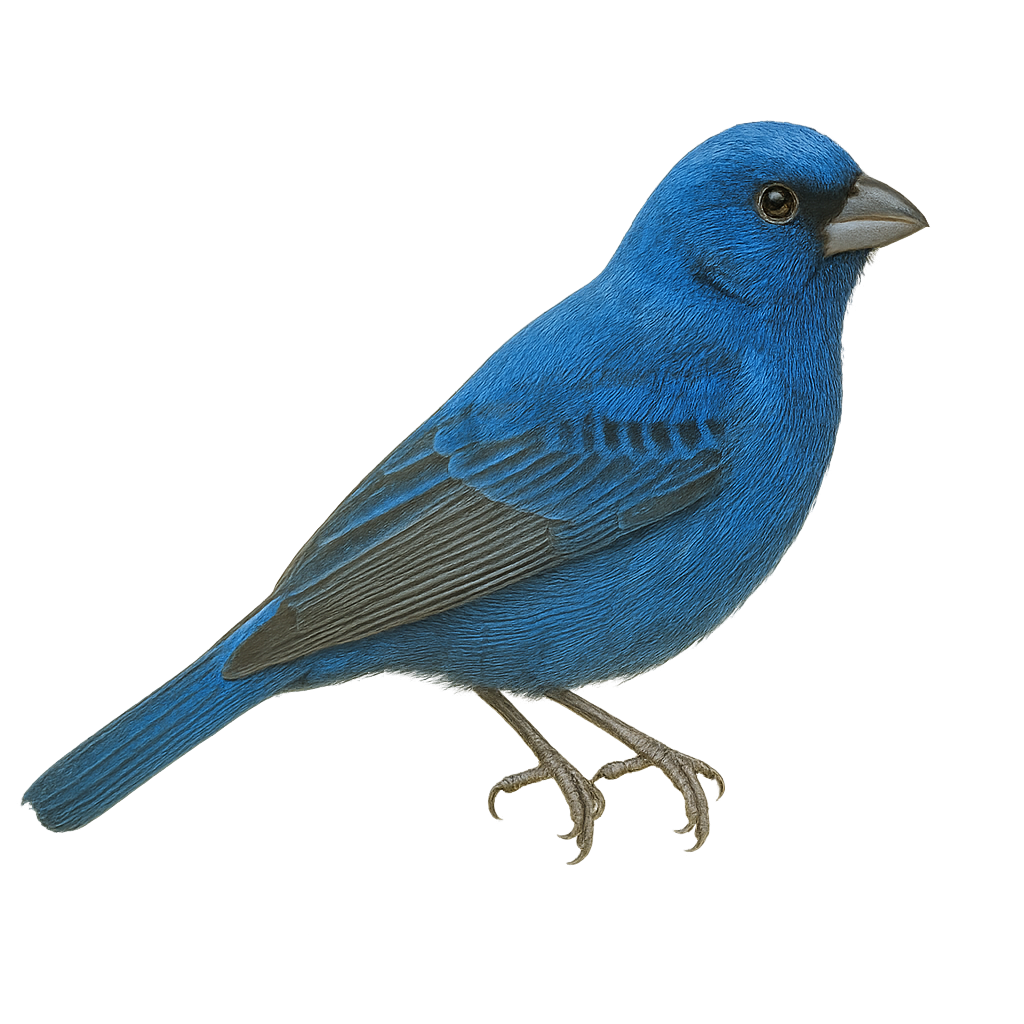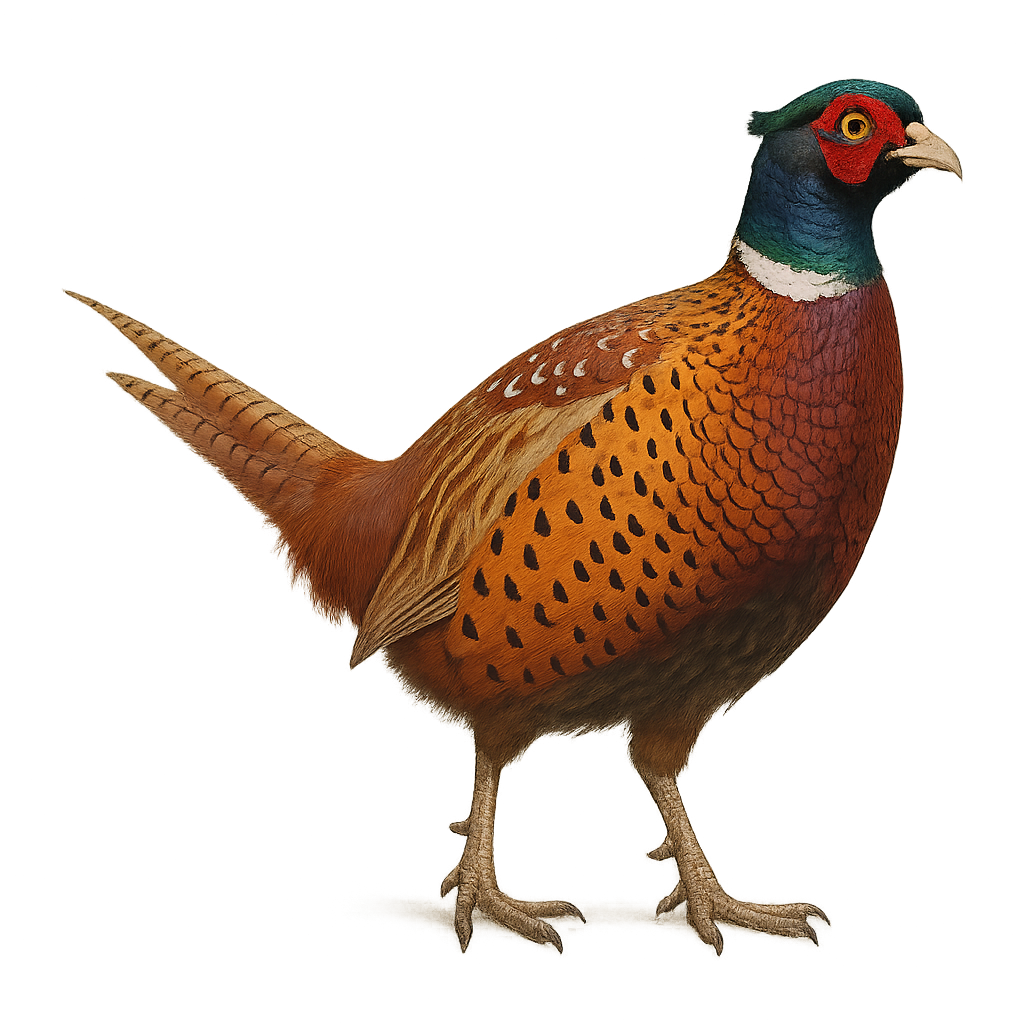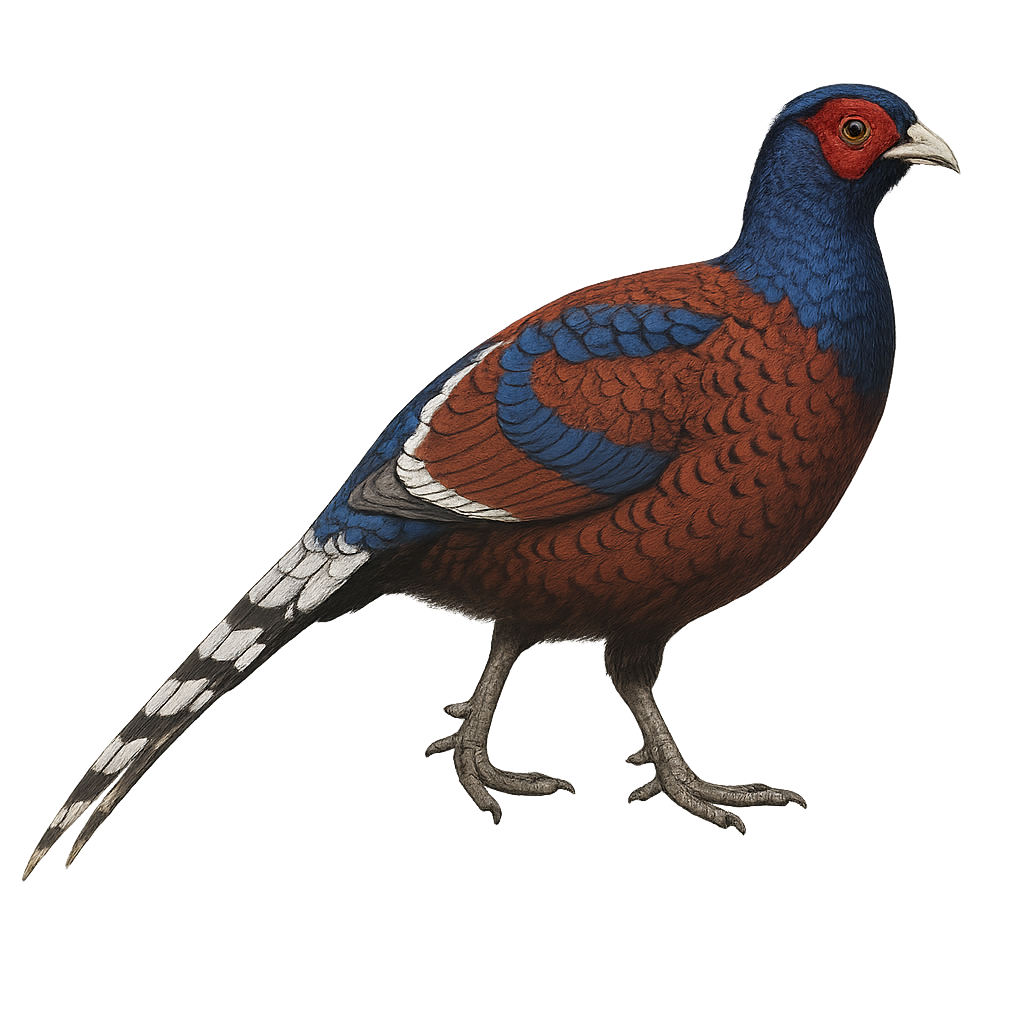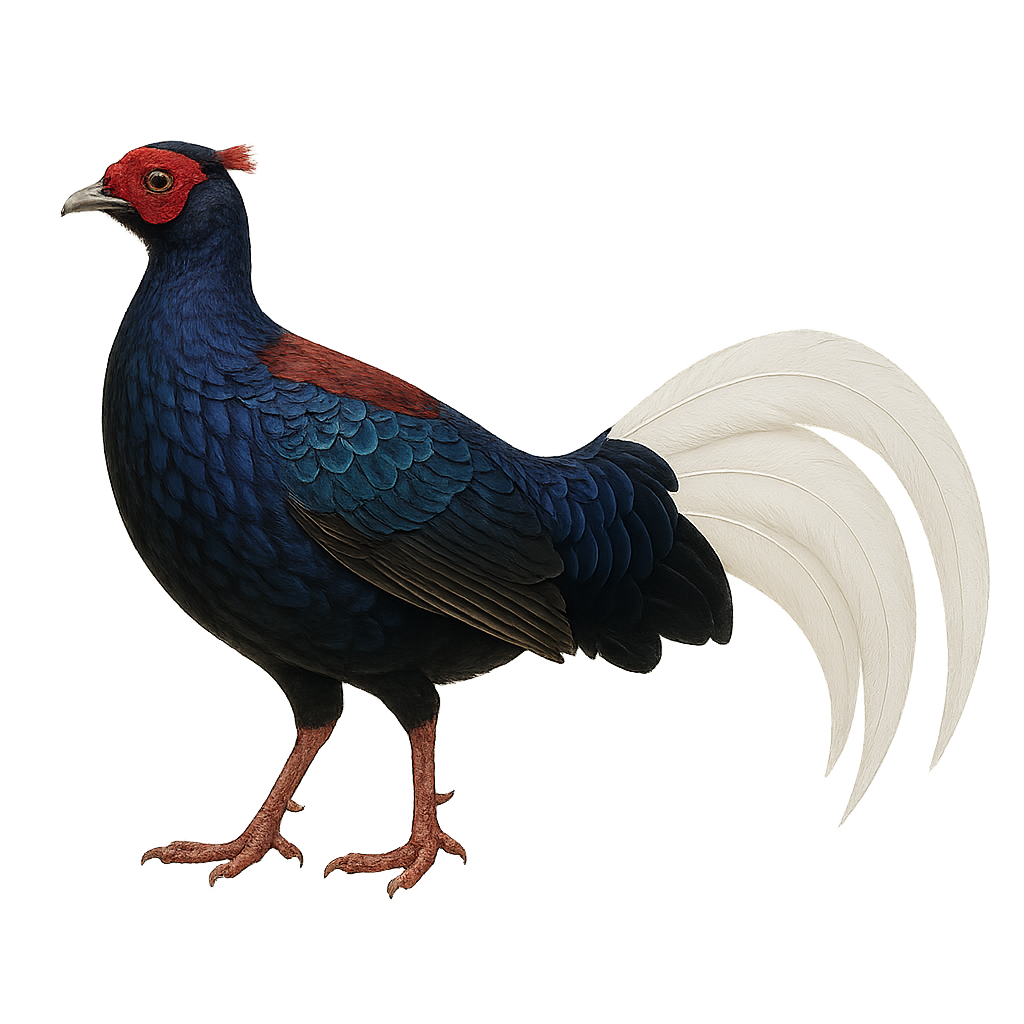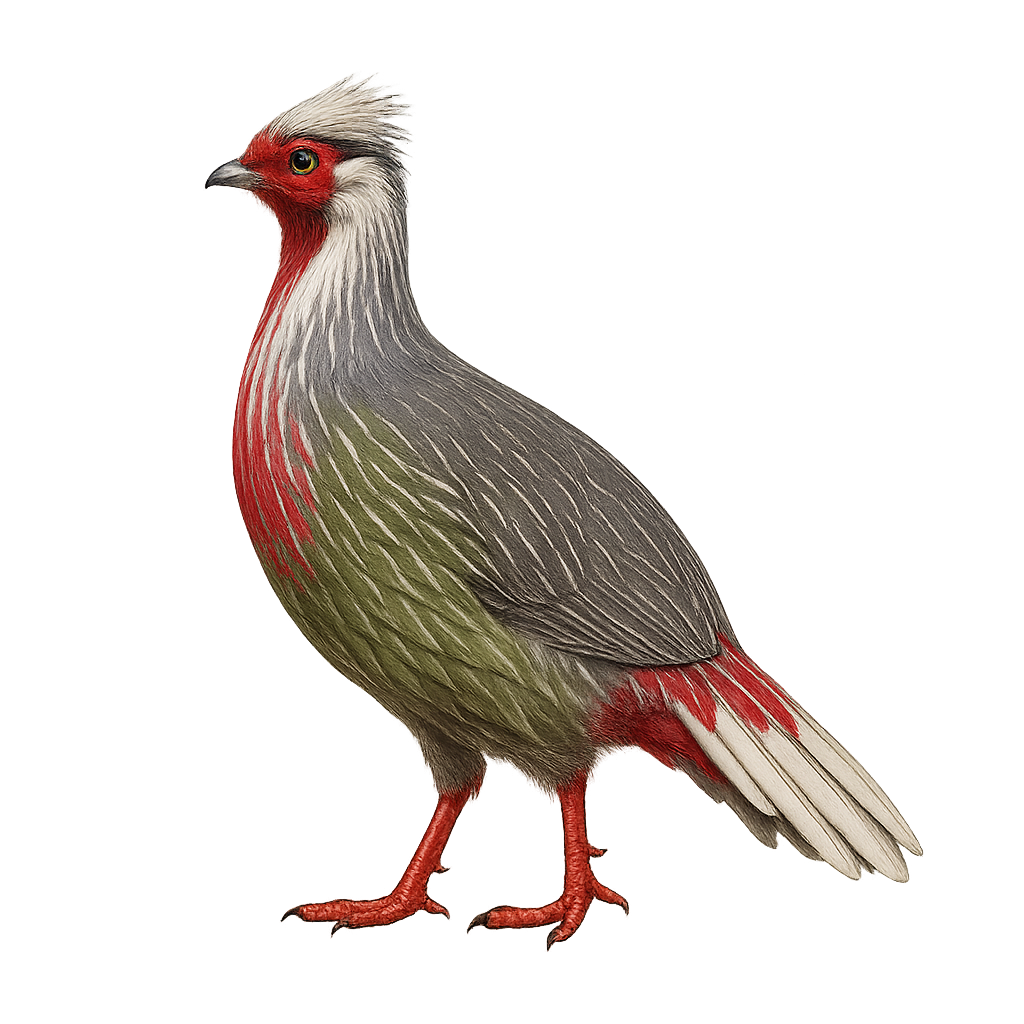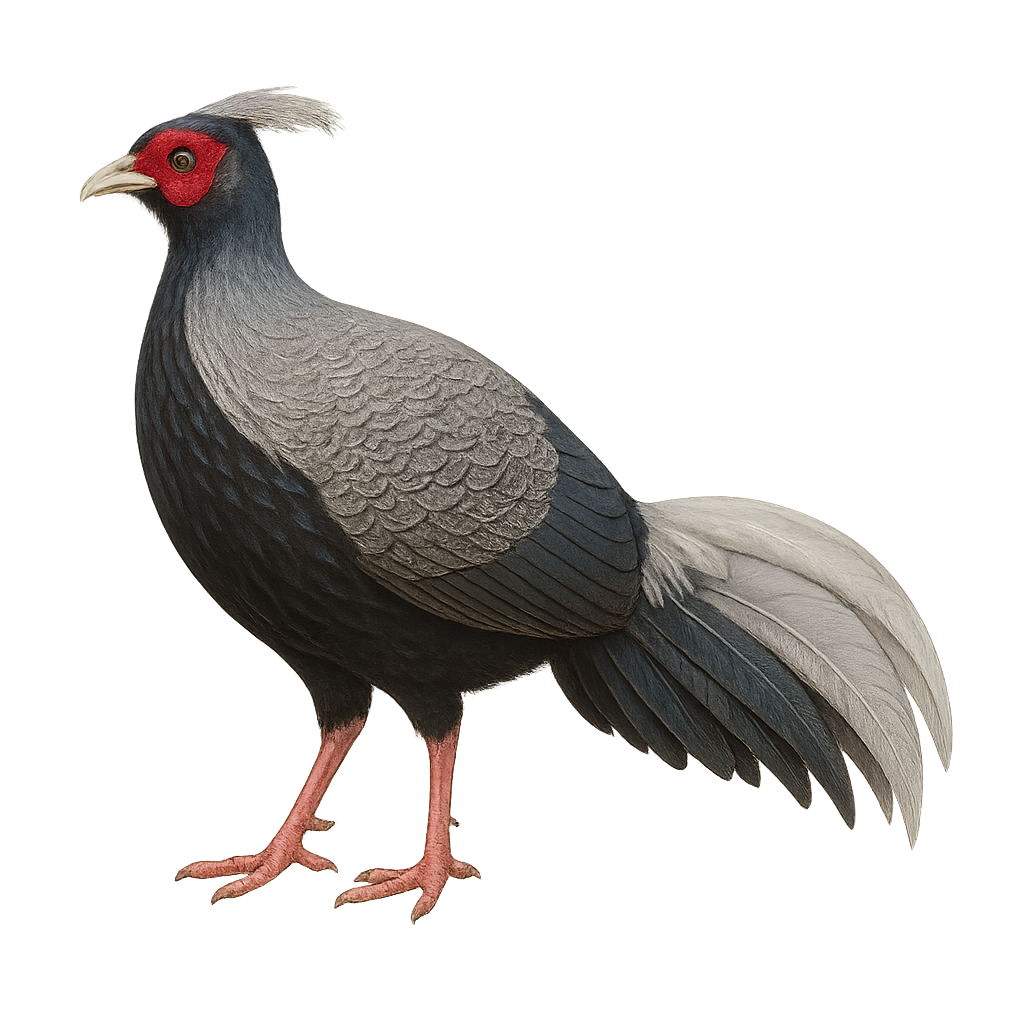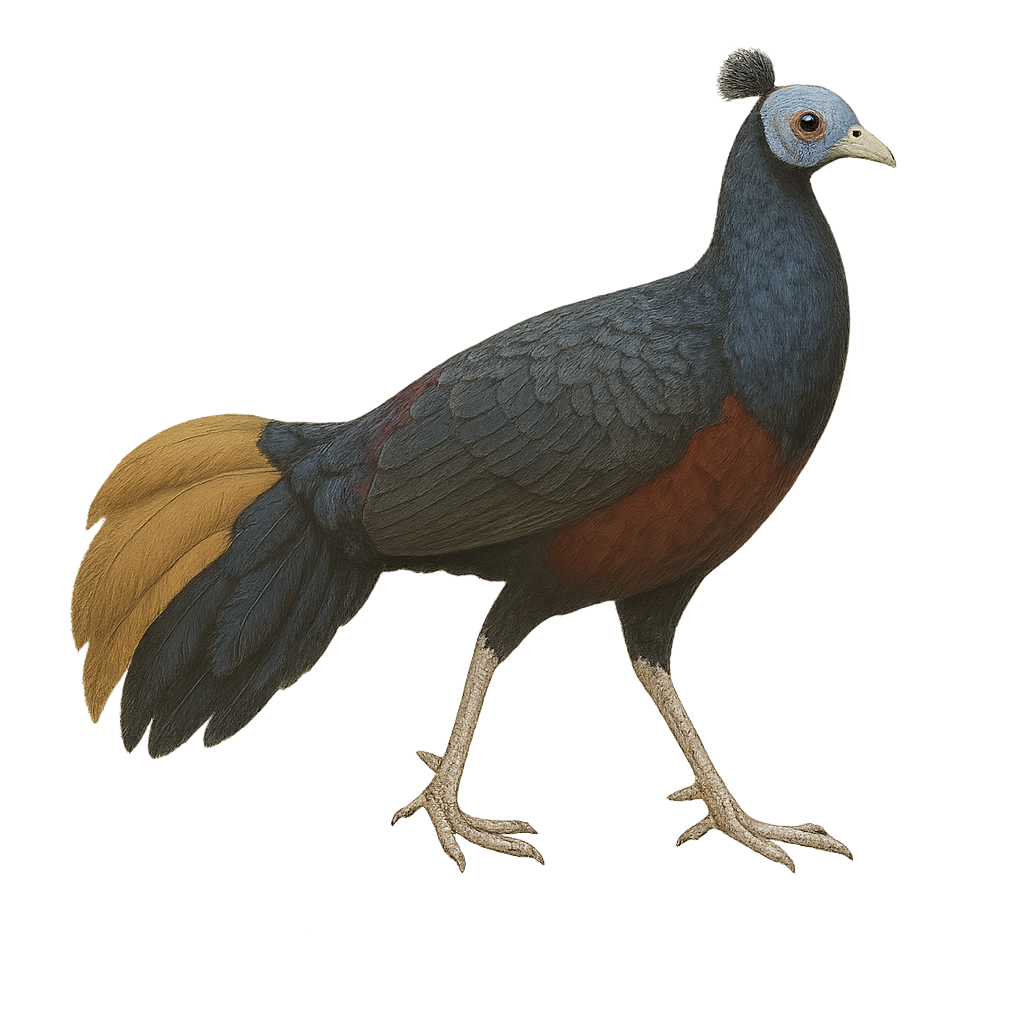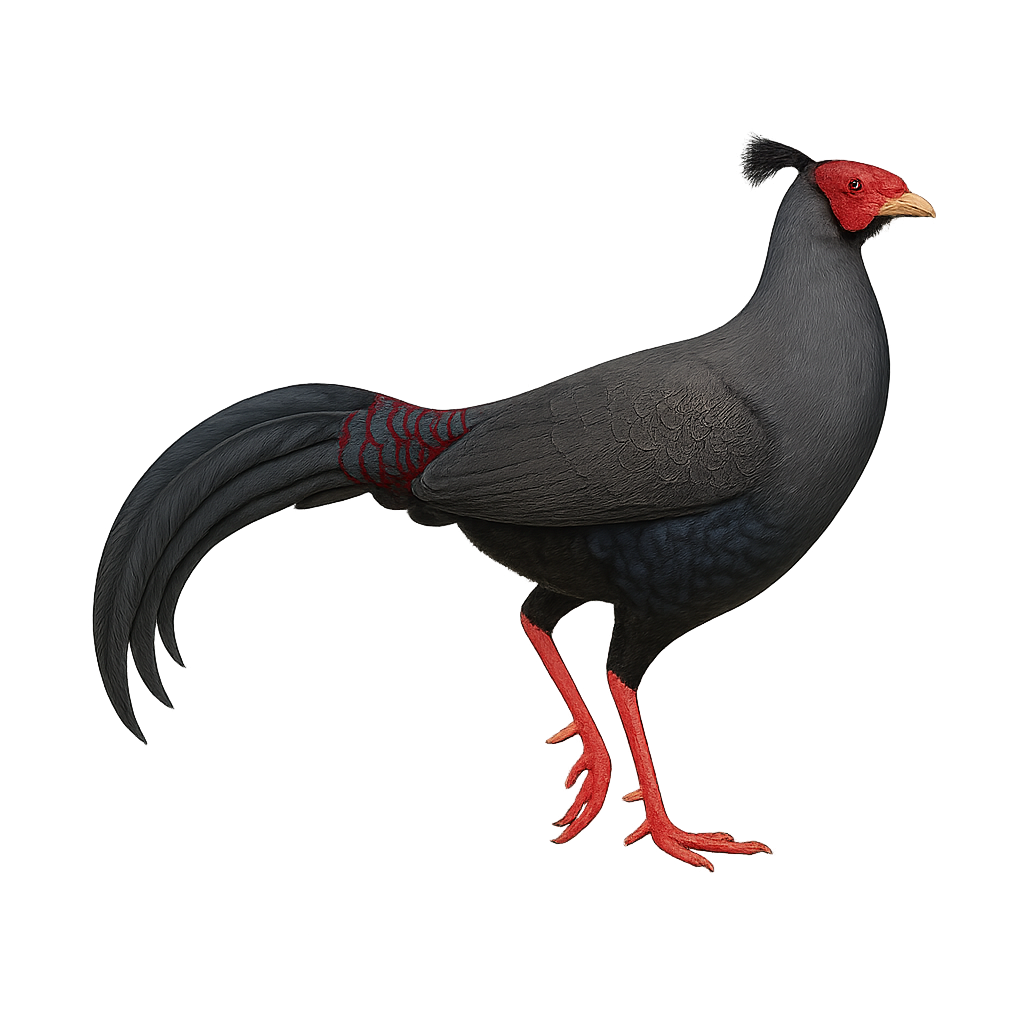The Rupununi Hermit, or Phaethornis rupurumii, is a fascinating hummingbird primarily inhabiting the humid forests and forest edges of South America, particularly in Brazil and Guyana. This small bird, measuring about 12 to 14 cm in length, is distinguished by its olive-brown plumage and long, tapered tail. Its curved beak is perfectly adapted for feeding on the nectar of tubular flowers. The Rupununi Hermit is a solitary bird, often observed darting quickly from flower to flower, playing a crucial role in the pollination of many tropical plants. Although its habitat is relatively stable, deforestation poses a potential threat to its population.
The Black Hermit, Threnetes niger, is a discreet and fascinating hummingbird primarily found in the dense tropical forests of Central and South America. This small bird is recognizable by its dark plumage and slightly curved bill, adapted for extracting nectar from tubular flowers. Although its appearance is modest compared to other hummingbirds, the Black Hermit plays a crucial role in the pollination of plants in its habitat. It is often seen darting quickly from flower to flower, emitting high-pitched, buzzing sounds. Its ability to blend into its environment makes it difficult to spot, but its presence is essential to the ecological balance of its ecosystem.
The Mexican Hermit, or Phaethornis mexicanus, is a fascinating hummingbird primarily inhabiting the tropical rainforests of Mexico and Central America. This small bird is distinguished by its brown-green plumage, long curved beak, and spatula-shaped tail. It is often seen darting swiftly from flower to flower, using its specialized beak to extract nectar. The Mexican Hermit plays a crucial role in the pollination of local plants. Although mostly solitary, it can sometimes be seen in small groups during the breeding season. Its song is a soft hum, often heard before it is seen. Despite its delicate appearance, this bird is resilient and adapts well to its environment, although it is threatened by deforestation.
The Spot-backed Hermit, or Ramphodon naevius, is a fascinating hummingbird native to the humid tropical forests of southeastern Brazil. This small bird is distinguished by its brown-green plumage with white spots on its back, giving it a unique appearance. Its long, curved beak is perfectly adapted for feeding on the nectar of tubular flowers, a common trait among hummingbirds. The Spot-backed Hermit is often observed flying quickly from flower to flower, playing a crucial role in the pollination of local plants. Although primarily solitary, it can sometimes be seen in small groups during the breeding season. Its ability to adapt to different habitats, including secondary forests and gardens, makes it a resilient species despite deforestation threats.
The Green Hermit, or Phaethornis guy, is a captivating hummingbird found primarily in the humid tropical forests of Central and South America. This small bird is recognizable by its bright green plumage and distinctive long tail. Both males and females exhibit similar features, although males often have longer tails. They primarily feed on nectar, using their long curved bills to reach tubular flowers. In addition to nectar, they also consume small insects to supplement their diet. Green Hermits are known for their territorial behavior, vigorously defending their food sources against intruders. Their fast and agile flight is a spectacle to behold, especially as they move from flower to flower.
The Chestnut-cheeked Starling, scientifically known as Agropsar philippensis, is a medium-sized bird belonging to the Sturnidae family. It is easily identifiable by its silvery-grey plumage and distinctive chestnut cheeks. This bird is primarily arboreal, feeding on fruits, insects, and nectar. It inhabits tropical and subtropical forests, as well as agricultural areas and gardens. Known for its varied and melodious vocalizations, the Chestnut-cheeked Starling is currently classified as "Least Concern" by the IUCN, although deforestation and habitat loss pose potential threats. This sociable bird is often seen in small flocks.
The Chestnut-tailed Starling, or Sturnia malabarica, is a medium-sized bird belonging to the Sturnidae family. It is primarily found in South Asia, notably in India, Nepal, and Sri Lanka. This bird is distinguished by its brownish-grey plumage with a chestnut tail and a lighter head. Chestnut-tailed Starlings typically live in groups and are often seen in wooded areas, gardens, and farmlands. They primarily feed on insects, fruits, and nectar. Their song is melodious and varied, making them pleasant to listen to. Although they are widely distributed, their habitat is sometimes threatened by deforestation and increasing urbanization.
The White-cheeked Starling is a medium-sized bird, measuring about 24 cm in length. It is easily recognizable by its ash-gray plumage, white cheeks, and bright yellow beak. This bird is mainly found in East Asia, particularly in China, Japan, and Korea. It frequents urban areas, parks, and gardens, as well as forests and agricultural zones. The White-cheeked Starling is a social bird, often seen in groups. It primarily feeds on insects, fruits, and seeds. Its song is varied and melodious, making it a favorite among birdwatchers.
The European starling is a very social bird found across Europe, Asia, and North America. It is easily recognized by its iridescent plumage, which changes color depending on the light. This bird is highly adaptable, living in both urban and rural environments. The European starling is also an excellent imitator, capable of mimicking a variety of sounds, including calls of other birds and human noises. Its ability to form large flocks makes it an ideal subject for group photography.
The Spotless Starling is a medium-sized bird, measuring about 21 to 23 cm in length with a wingspan of 37 to 42 cm. Its plumage is predominantly black with metallic green and purple sheens, distinguishing it from the common starling. It is endemic to the Iberian Peninsula and northwest Africa. This bird is often seen in flocks, especially outside the breeding season. It inhabits various environments, including agricultural areas, urban parks, and open woodlands. Its diet is diverse, consisting of insects, fruits, and seeds. The Spotless Starling is known for its melodious song and ability to mimic other sounds.
The Koklass Pheasant, or Pucrasia macrolopha, is a medium-sized bird belonging to the Phasianidae family. It is primarily found in the mountainous forests of Asia, particularly in India, Pakistan, China, and Nepal. This pheasant is distinguished by its colorful plumage and long crest. Males display vibrant colors with intricate patterns, while females are duller, allowing them to camouflage more effectively. The Koklass Pheasant is a diurnal bird that feeds mainly on seeds, berries, and insects. It is known for its territorial behavior, especially during the breeding season. Although relatively tolerant of human presence, it prefers remote and undisturbed areas.
The Yellow-shouldered Widowbird is a small bird from the Ploceidae family, predominantly found in the humid regions of sub-Saharan Africa. This passerine is notable for the male's glossy black plumage with striking yellow shoulder patches, while the female is more subdued in brown tones. Males are particularly eye-catching during the breeding season, displaying long tail feathers to attract females. They live in flocks and are often seen in wet grasslands, marshes, and agricultural areas. Their diet mainly consists of seeds, but they also eat insects. Although their population is stable, habitat destruction remains a potential threat.
The Northern Red Bishop is a small African bird with striking plumage, especially during the breeding season. Males display bright red feathers with black wings and tail, while females and non-breeding males have duller, brownish tones. These birds inhabit savannas, marshes, and wet grasslands in sub-Saharan Africa. They are known for their social behavior and spectacular courtship displays, where males puff up their feathers to attract females. Their diet mainly consists of seeds, but they also consume insects. Although they are widespread, their habitat is threatened by deforestation and agricultural expansion.
The Southern Red Bishop, scientifically known as Euplectes orix, is a small passerine bird belonging to the Ploceidae family. It is easily identifiable by its striking plumage, particularly in breeding males, which display a vibrant red contrasted with black. Females and non-breeding males are duller, with brownish hues. This bird is primarily found in sub-Saharan Africa, frequenting marshes, wet grasslands, and cultivated areas. It is renowned for its spectacular courtship displays, where the male puffs up its feathers to attract females. The Southern Red Bishop primarily feeds on seeds, but also consumes insects, especially during the breeding season.
The Corsican Mountain Newt, Euproctus montanus, is an endemic species of the island of Corsica. It is characterized by its smooth skin and brownish coloration, often speckled with darker spots. Typically measuring between 10 and 15 cm, it primarily inhabits clear streams and wet areas of the Corsican mountains. This species is well adapted to cool and humid environments and is often found at altitudes between 600 and 2000 meters. The Corsican Mountain Newt is an important indicator of water quality, as it is very sensitive to pollution. Unfortunately, it is threatened by habitat degradation and climate change.
The Helmet Vanga, Euryceros prevostii, is an endemic bird of Madagascar, known for its distinctive casque-shaped bill. This large, curved bill is essential for feeding, primarily on insects and small invertebrates found in the island's humid tropical forests. Its plumage is mainly blue-black with metallic sheen, and it features white markings on the wings. The Helmet Vanga is a social bird, often seen in small groups. It plays a crucial role in the ecosystem by helping control insect populations. Unfortunately, deforestation threatens its natural habitat, making it a vulnerable species.
The Black-and-yellow Broadbill is a captivating bird, easily identifiable by its vibrant plumage and distinctive black cap. It primarily inhabits the tropical forests of Southeast Asia, where it feeds on insects and fruits. Its melodious song and vivid colors make it a favorite among birdwatchers. This bird is often seen in pairs or small groups, moving nimbly among the branches. Although its habitat is threatened by deforestation, it remains relatively common in some areas. The Black-and-yellow Broadbill builds hanging nests, often over water, to protect its eggs from predators.
The Black-and-red Broadbill is a striking bird known for its vibrant plumage and large bill. It features a vivid combination of black and red body with a broad, pale blue bill. This bird is primarily arboreal and found in the tropical forests of Southeast Asia, including Thailand, Malaysia, and Indonesia. It feeds mainly on insects and small fruits, which it skillfully captures with its powerful bill. The Black-and-red Broadbill is often seen in pairs or small groups and is known for its melodious calls. Although its habitat is threatened by deforestation, it is currently classified as Least Concern by the IUCN.
The Blue Bunting, or Cyanocompsa parellina, is a medium-sized songbird belonging to the Cardinalidae family. It is primarily found in the tropical and subtropical regions of Central America, particularly in Mexico and Guatemala. This bird is distinguished by its bright blue plumage in males, while females have duller, often brownish tones. The Blue Bunting is a discreet bird, often seen foraging for seeds and insects in dense undergrowth. It is known for its melodious song, often heard at dawn and dusk. Although not currently threatened, deforestation poses a potential risk to its natural habitat.
The Silver Pheasant, Lophura nycthemera, is an elegant and majestic bird native to the forests of Southeast Asia. It is easily recognizable by its silvery-white plumage in males, contrasting with its long tail and red legs. The female, more discreet, has brown plumage. These birds prefer dense, humid forests, where they feed on seeds, fruits, and insects. Their behavior is generally suspicious, but they can become accustomed to human presence in protected areas. The Silver Pheasant plays an important role in its ecosystem by dispersing seeds and controlling insect populations.
The Common Pheasant, or Colchian Pheasant, is a medium to large-sized bird, easily recognizable by its bright colors and silky plumage. The adult male is particularly spectacular, with shiny plumage in shades of green, red, gold, and blue, and a long tail adorned with fine feathers. It measures about 70 cm in length, most of which is its tail, and weighs between 0.8 and 1.5 kg. The female, more discreet, has brown spotted plumage that helps her blend into her surroundings. Native to Asia Minor and the Caucasus region, the Colchian Pheasant has been introduced to many parts of the world for hunting and decoration. It typically inhabits wooded areas, cultivated fields, and grasslands. Its diet is omnivorous, consisting of seeds, berries, insects, and sometimes small vertebrates. The species is mainly active at dawn and dusk. While the Common Pheasant is not threatened, it faces risks such as habitat loss, excessive hunting, and predation by carnivores.
The Hume's Pheasant, or Syrmaticus humiae, is an elegant and rare bird native to the mountainous forests of Southeast Asia, particularly in Myanmar, China, and India. This pheasant is distinguished by its striking plumage, featuring shades of brown, blue, and white, and a characteristic long tail. Males display more vibrant colors than females, who are more subdued. They primarily inhabit oak and pine forests, where they feed on seeds, fruits, and insects. The Hume's Pheasant is a shy and discreet species, often difficult to spot in its natural habitat. Its population is threatened by deforestation and hunting, making it a protected species.
The Swinhoe's Pheasant, Lophura swinhoii, is an endemic species of pheasant found in Taiwan. This stunning bird is easily identifiable by its striking plumage: the male boasts a metallic blue coat with greenish hues, a long white tail, and red wattles around the eyes. The female is more subdued, with a primarily brown plumage and subtle patterns. This pheasant primarily inhabits the mountainous forests of the island, favoring dense and humid areas. It is often seen foraging on the ground, feeding mainly on seeds, fruits, and insects. Although its habitat is limited, it is relatively common in protected areas.
The Golden Pheasant, Chrysolophus pictus, is a stunning bird native to the mountainous forests of China. It is renowned for its vibrant plumage, particularly the male, which displays bright colors such as red, yellow, and blue. Its head is adorned with a golden crest that extends into a golden mantle on its back. Females, on the other hand, are more subdued with brown mottled plumage that allows them to blend into their natural habitat. These birds are primarily terrestrial, feeding on seeds, berries, and insects. Although they are capable of flight, they prefer to run to escape predators.
The Blood Pheasant, or Ithaginis cruentus, is a captivating bird native to the mountainous regions of the Himalayas. This pheasant is notable for its colorful plumage, featuring shades of red, green, and gray, giving it a unique appearance. Males display brighter colors than females, which is typical among many bird species. They live in family groups and are often seen foraging on the forest floor, feeding on seeds, berries, and insects. Their natural habitat ranges from coniferous forests to alpine meadows, typically between 2,400 and 4,500 meters in altitude. Although relatively discreet, their distinctive call can be heard echoing through the mountain valleys.
The Lady Amherst's Pheasant is a striking bird known for its vibrant plumage and long tail feathers. Native to the mountainous forests of China and Myanmar, it was introduced to Europe in the 19th century. The male boasts colorful plumage with intricate patterns of green, red, blue, and white, while the female is more subdued with brown tones. These birds prefer dense forest habitats where they feed on seeds, fruits, and insects. Although primarily terrestrial, they can fly short distances to evade predators. Their behavior is generally suspicious, making them challenging to observe in the wild.
The Kalij Pheasant, or Lophura leucomelanos, is an elegant bird from the Phasianidae family, native to the forests of South Asia. It is recognizable by its glossy black plumage in males, with metallic sheen, and its distinctive crest. The female, more discreet, has a brown speckled plumage. These birds prefer dense forest habitats, where they feed mainly on seeds, insects, and small invertebrates. They are often seen in small family groups. Although generally suspicious, they can become accustomed to human presence in protected areas. Their call is a sharp, piercing cry, often heard at dawn and dusk.
The Mikado Pheasant (Syrmaticus mikado) is an elegant and rare bird, endemic to the mountains of Taiwan. This pheasant is distinguished by its dark, glossy plumage with metallic blue-green sheen. Males feature long tail feathers, while females are more subdued with mottled brown plumage. They primarily inhabit mountain forests, feeding on seeds, fruits, and insects. The Mikado Pheasant is a culturally significant symbol in Taiwan, often associated with beauty and grace. However, it is threatened by habitat loss and illegal hunting, making it a protected species.
The Crested Fireback, or Lophura ignita, is a striking bird known for its vibrant plumage and elegant stance. Native to the tropical forests of Southeast Asia, it is distinguished by its vivid colors, including a metallic blue back and orange breast feathers. Males feature a distinctive crest and spurs on their legs, while females are more subdued with brownish hues. These birds live in small groups and are often seen foraging on the ground for seeds, insects, and small invertebrates. Their habitat is primarily in dense forests, where they find shelter and food. Although they are relatively tolerant of human presence, their population is threatened by deforestation and hunting.
The Diard's Fireback, or Lophura diardi, is an elegant and colorful bird native to the tropical forests of Southeast Asia. Males display a striking metallic blue plumage with iridescent hues, while females are more subdued with brownish tones. This pheasant is known for its long tail and distinctive crest. It primarily inhabits dense forests and wooded areas, feeding on seeds, fruits, and insects. Although its habitat is threatened by deforestation, it remains relatively common in some regions. The Diard's Fireback is a symbol of beauty and grace in its natural environment.


